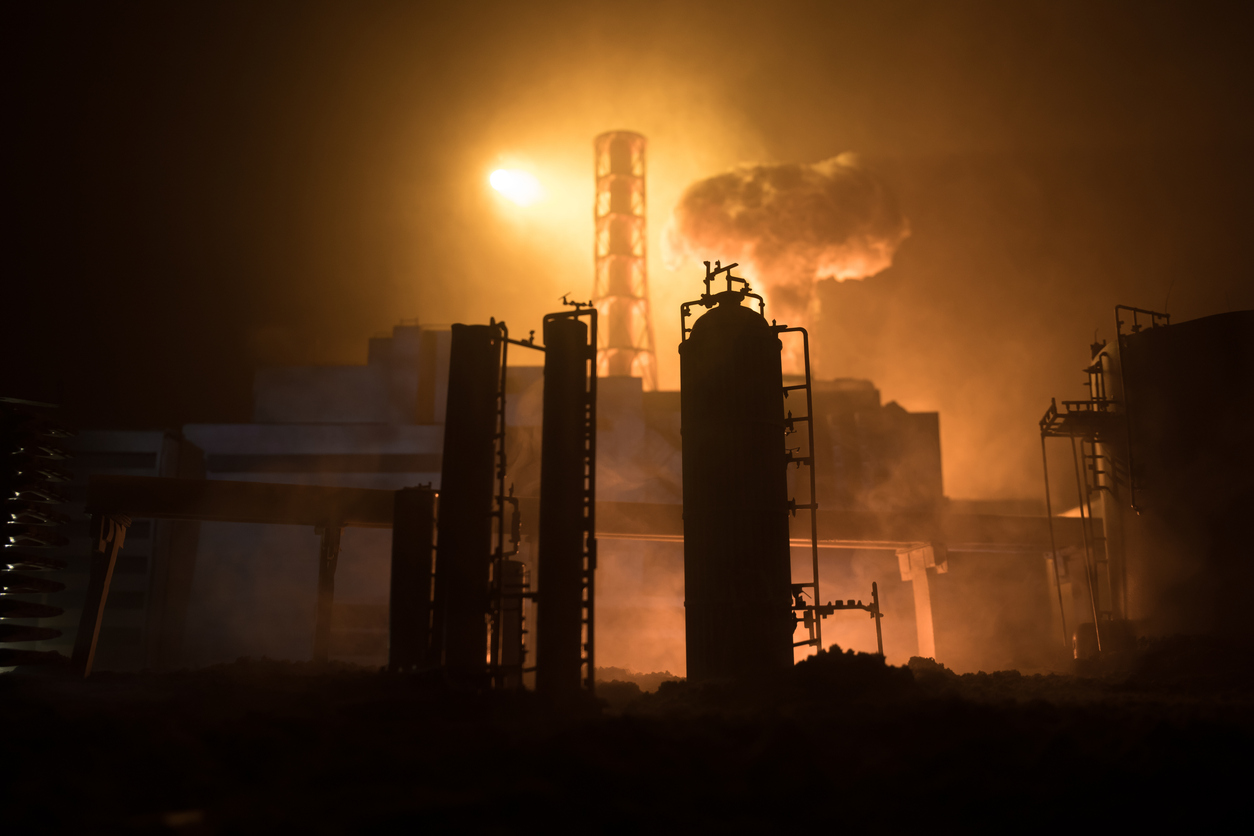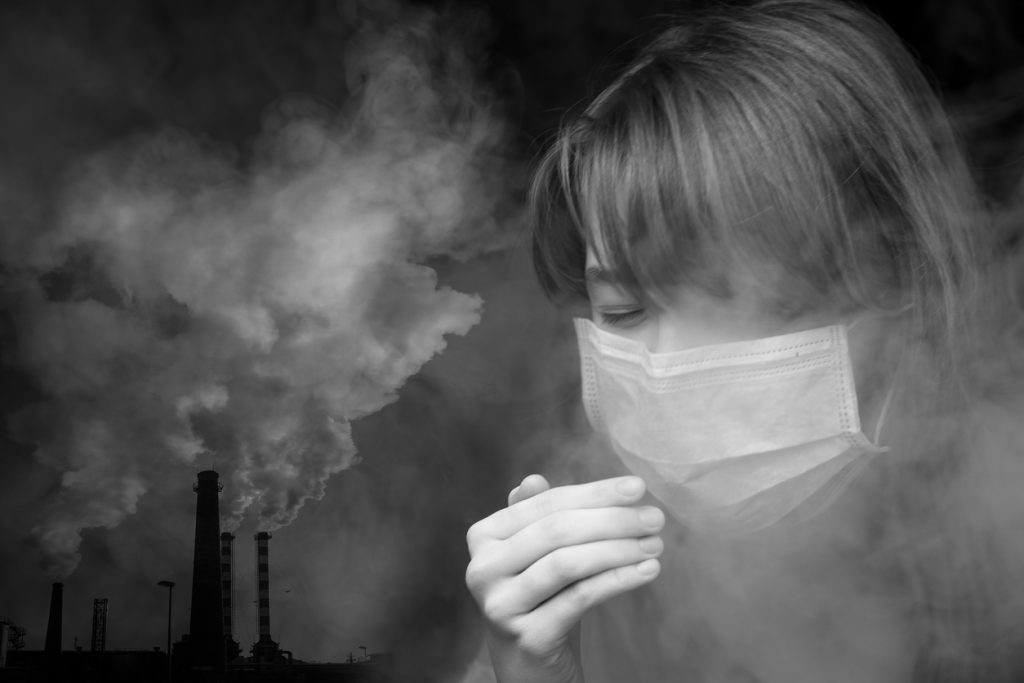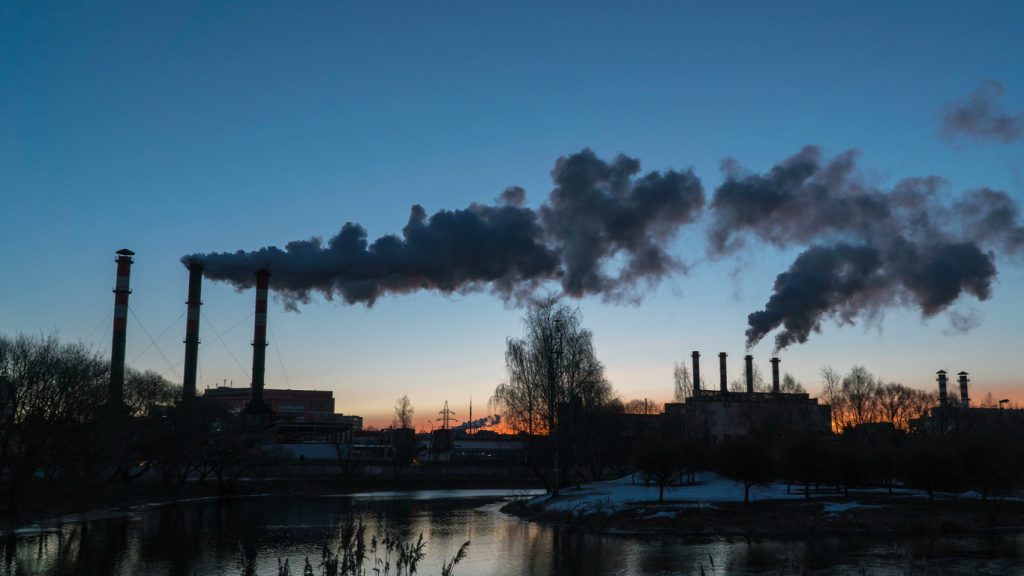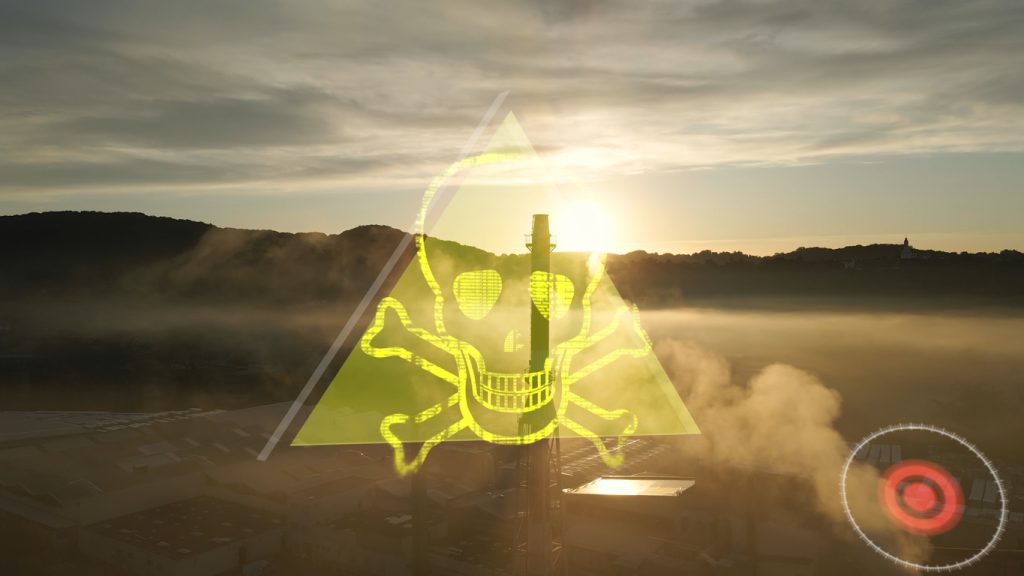- 2 Nov 2025

The dangers of toxic gas exposure extend far beyond the visible workplace hazards most employees recognize. In industries such as oil refining, chemical production, agriculture, and even construction, gases that are invisible to the human eye can cause serious short-term health problems and long-lasting medical consequences. Recognizing the early warning signs of toxic gas exposure is essential because the difference between immediate action and delayed response can determine the severity of injuries or even the likelihood of survival.
When harmful gases infiltrate the air, workers may not be aware of the danger until symptoms appear. This is why understanding how toxic gas exposure manifests in the body and knowing what steps to take next is vital for anyone working in high-risk environments.
The Immediate Risks of Toxic Gas Exposure
Inhalation of toxic fumes or vapors can affect the body within minutes, depending on the concentration and type of gas. Some gases, like carbon monoxide or hydrogen sulfide, can overwhelm the system almost instantly. The Occupational Safety and Health Administration (OSHA) has published permissible exposure limits to guide safe workplace conditions, but even brief contact above these limits can cause sudden medical emergencies. Exposure at lower levels over time may lead to chronic illnesses that are harder to detect until significant damage is done.
Understanding the signs of toxic gas exposure requires awareness of both acute symptoms that surface quickly and long-term consequences that may appear months or years later.
Physical Symptoms of Toxic Gas Exposure
The human body reacts to harmful gases in ways that should never be ignored. Common physical warning signs include respiratory distress, headaches, dizziness, nausea, and eye irritation. For example, workers exposed to hydrogen sulfide often report a sudden loss of smell followed by difficulty breathing and disorientation. Carbon monoxide poisoning frequently causes confusion, chest tightness, and fainting spells.
The body may also develop rashes, skin burns, or eye damage when certain gases make direct contact. If someone notices that these symptoms worsen only while working in specific environments, it could be a critical signal of ongoing toxic gas exposure that requires immediate medical evaluation.
Neurological Effects from Toxic Gas Exposure
Not all signs are physical. Toxic gases can interfere with brain function, leading to confusion, difficulty concentrating, memory lapses, or sudden mood changes. Prolonged exposure has been linked to nerve damage, which may present as tremors or weakness in the limbs. When the brain is deprived of oxygen due to inhaled gases, unconsciousness can occur rapidly, and in some cases, permanent cognitive damage results.
Because these neurological issues may be mistaken for fatigue or stress, many cases of toxic gas exposure go unrecognized until they become severe.
Long-Term Health Consequences of Toxic Gas Exposure
Chronic health conditions often develop after repeated or extended contact with harmful gases. Lung damage is one of the most common outcomes, with some workers developing asthma-like conditions, reduced lung capacity, or chronic obstructive pulmonary disease (COPD). Certain gases are classified as carcinogens, meaning long-term toxic gas exposure can increase the risk of developing cancers affecting the lungs, throat, or digestive system.
Other conditions include organ damage to the liver or kidneys, reproductive health issues, and immune system complications. Unlike immediate symptoms, these effects progress quietly, making routine medical checkups and workplace monitoring essential for at-risk employees.
Situations Where Toxic Gas Exposure Is Most Likely
High-risk environments vary, but some industries and workplaces are particularly vulnerable. Oil refineries, chemical manufacturing plants, agricultural facilities using pesticides, and confined spaces such as sewers or tanks are common examples. Workers in these settings often encounter gases like ammonia, methane, chlorine, benzene, and sulfur dioxide.
The lack of visible warning signs in these areas makes reliance on protective equipment and monitoring devices critical. Unfortunately, when employers fail to enforce safety standards, employees face heightened risks of toxic gas exposure that can lead to life-altering injuries.
Recognizing Early Warning Signs at the Workplace
Identifying exposure risks often starts with small, overlooked details. A sudden onset of coughing fits, unexplained dizziness, or multiple workers feeling ill at the same time can all point toward dangerous air quality conditions. Discoloration of metals or materials in the work area, unusual odors, or malfunctioning ventilation systems also signal possible gas accumulation.
Employers are required under federal safety regulations to provide proper ventilation, protective gear, and emergency procedures, but workers must also remain alert to signs of toxic gas exposure that may not be immediately visible.
What to Do After Experiencing Toxic Gas Exposure
Immediate action is necessary when toxic gas exposure is suspected. Removing oneself from the contaminated environment and moving to fresh air should be the first step. Emergency medical attention is crucial because symptoms can worsen even after leaving the exposure area.
Documenting the circumstances surrounding the incident is also vital, especially if the exposure occurred in a workplace regulated by federal safety laws. Reporting the incident to supervisors and seeking medical evaluations ensures that both the health risks and legal responsibilities are addressed. Guidance from resources like the Occupational Safety and Health Administration helps workers understand their rights and the standards employers must follow to prevent harmful exposure.
Legal and Safety Measures Following Toxic Gas Exposure
After a medical response, workers often need to consider the broader consequences of toxic gas exposure. Employers may have failed to implement safety protocols, ignored proper maintenance of ventilation systems, or neglected to train workers on handling emergencies. These failures can lead to legal accountability, and workers may need to explore remedies to address medical costs, lost income, and long-term health consequences.
Resources such as this guide on how gas fumes can lead to toxic exposure in the long and short term provide additional insight into the risks and consequences of unsafe conditions.
Preventing Future Harm from Toxic Gas Exposure
While individual vigilance is essential, systemic changes are equally important in preventing toxic gas exposure. Proper workplace safety training, use of personal protective equipment, and monitoring devices can significantly reduce risks. Employers must follow federal guidelines, conduct routine inspections, and establish evacuation procedures in case of accidental leaks or spills.
For workers, staying informed about potential dangers and recognizing the subtle signs of exposure remains the best defense. Health surveillance, regular checkups, and immediate reporting of any unusual symptoms strengthen the likelihood of early detection and treatment.
Conclusion
Toxic gas exposure is a silent but dangerous hazard that affects workers across many industries. Recognizing the early symptoms, from dizziness and headaches to long-term respiratory or neurological damage, is crucial in reducing harm. Taking immediate steps after suspected exposure, including seeking medical treatment and documenting workplace conditions, protects not only individual health but also enforces accountability where safety standards may have failed.
When workers understand the risks, signs, and next steps, they are better prepared to safeguard themselves against the hidden dangers of toxic gas exposure in any environment.
Recent posts
- 17 Oct 2025
Categories
- Accident & Injury Law (54)
- AI (1)
- Copyright Law (1)
- Criminal & Civil Law (17)
- Disability Law (2)
- Driving Law (2)
- Employment Law (1)
- Estate Planning (2)
- Family & Relationship Law (29)
- Food and Drink (2)
- Gas Exposure (1)
- Health (1)
- Immigration Law (2)
- Injury Claim (1)
- Insurance Law (7)
- Legal (40)
- Lemon Law (4)
- Mediation (3)
- Medical Malpractice (1)
- Property & Business Law (9)
- Severance Agreement (1)
- Travel and Leisure (1)
- Uncategorized (12)
- Worker Compensation (2)




